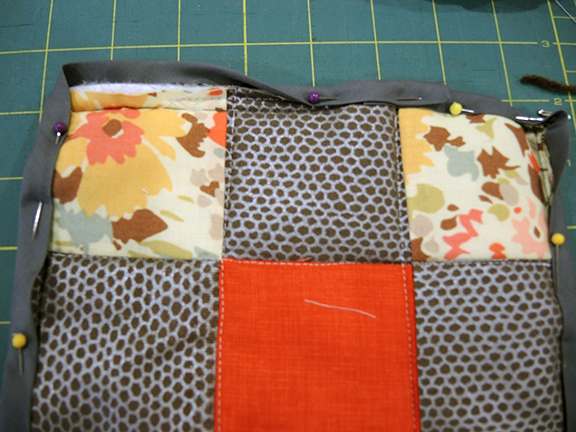Trend Watch: Rope Baskets
I love baskets! I am always attracted to them. And always tempted to buy them. Have you noticed lately all of the rope baskets available? Or rope basket tutorials? It really is quite easy to make. Today I have a list of websites showing a variety of rope basket tutorials.
By looking at the above picture would you be surprised it is put together by hot glue? The rope is actually cording/piping used on furniture and pillows. You can find this diy here.
Another no sew option is from Martha Stewart. Her team uses flower pots to wrap the rope around.
marthastewart.com
If you know how to sew there are 2 options you can choose, Sweet Paul and Elise Blaha blogs have tutorials. Using a neon pink thread really adds to the pop! You can find Elise's tutorial right here.
Sweet Paul, who is based here in Brooklyn, takes it one step further. Dyeing! This would be a great weekend project because dyeing can sometimes be messy. But dip dyeing has such a beautiful effect. dip dye rope bowl project
All you need for the above projects is clothes line rope that you can find at your local hardware store. Enjoy!
Tracey
www.traceytoole.com | www.traceytoole.etsy.com




